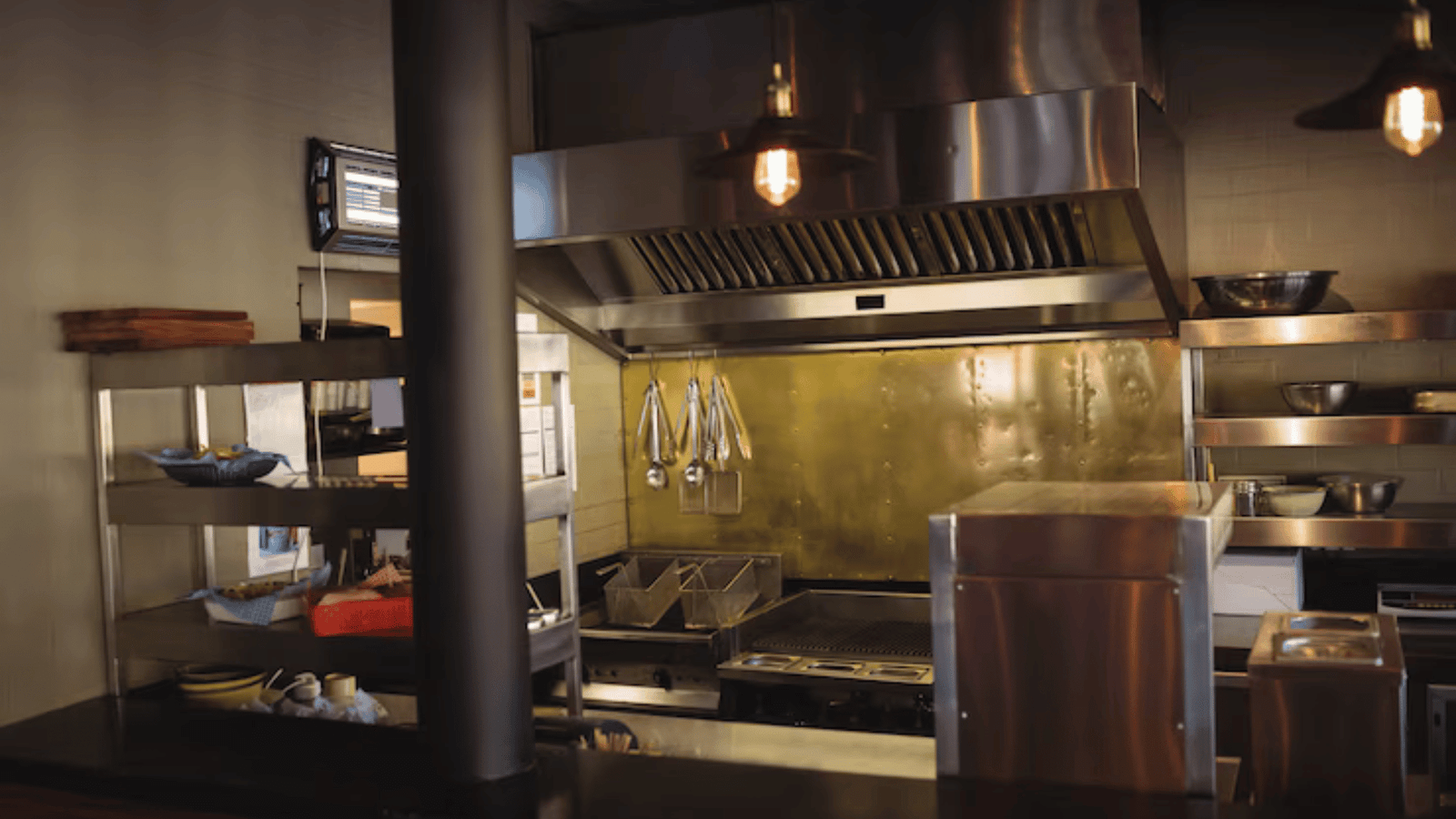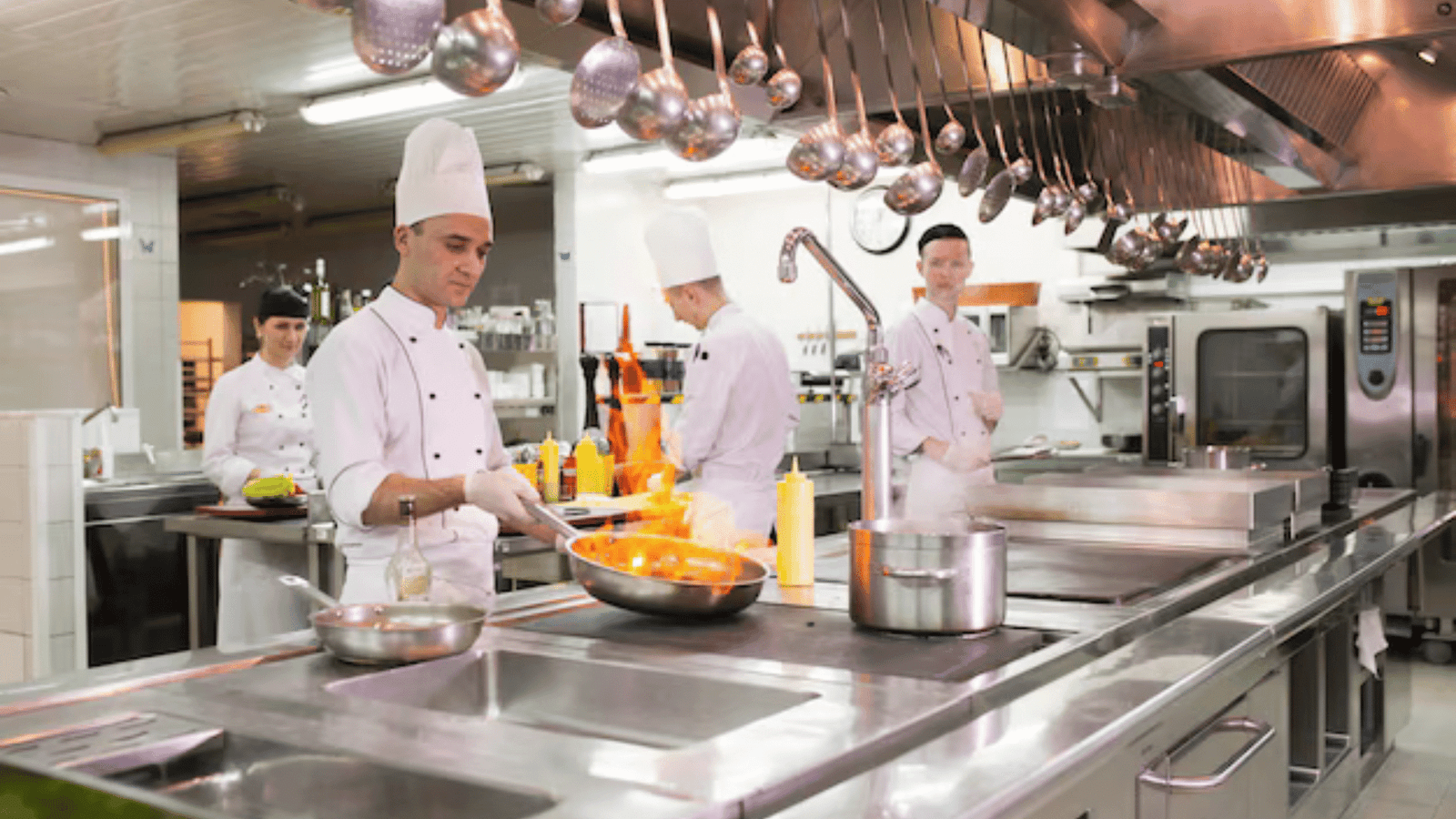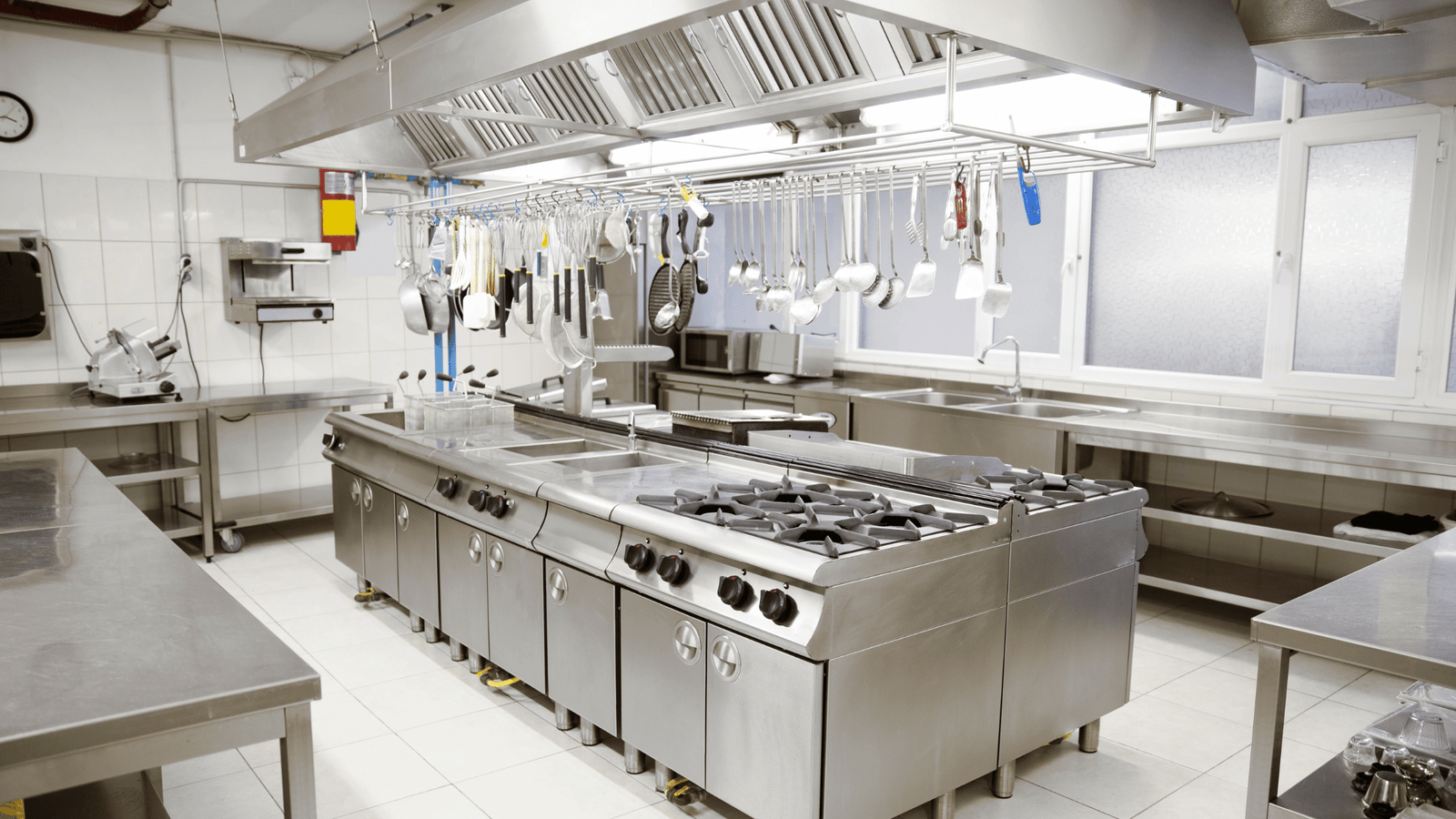The food industry in India is witnessing rapid growth, with fast food businesses and health-conscious brands like salad businesses competing for market share. Entrepreneurs looking to enter the food business often wonder: Which is more profitable a salad business vs fast food business?
Both models cater to different consumer preferences, investment requirements, and operational strategies. In this in-depth comparison, we will analyze the profitability, market demand, investment, scalability, and challenges of both businesses to help you make an informed decision.
1. Market Demand: Health Trends vs Fast Food Culture

Salad Business: The Rise of Health Consciousness
In recent years, India’s health-conscious consumer base has grown significantly. With rising awareness of fitness, weight management, and organic food, many urban Indians prefer nutritious, fresh, and low-calorie meals. This has fueled the demand for customizable salad bowls, vegan salads, and protein-rich meal replacements.
Key Market Insights:
- Increasing demand for gluten-free, keto, and vegan options.
- Popular among gym-goers, working professionals, and diet-conscious consumers.
- Ideal for subscription-based models and premium pricing.
Fast Food Business: A Staple in Indian Dining Culture
India has one of the fastest-growing fast food markets, with a preference for quick, affordable, and flavorful meals. The fast food industry includes burgers, pizzas, fries, wraps, and fried chicken, catering to a broad audience from students and office-goers to families.
Key Market Insights:
- High demand in urban and semi-urban areas.
- Quick service model with mass appeal.
- Ideal for high footfall locations and delivery-based operations.
2. Initial Investment & Setup Cost

Salad Business: Low-Cost Setup
A salad business requires a lower investment compared to a fast food business, especially when starting as a cloud kitchen or a delivery-only model.
Estimated Investment:
- Cloud Kitchen Model – ₹2-5 lakhs
- Takeaway Model – ₹5-10 lakhs
- Café/Dine-in Model – ₹10-20 lakhs
Key Expenses:
- Ingredient sourcing (fresh vegetables, proteins, dressings).
- Cold storage and refrigeration.
- Eco-friendly packaging (biodegradable containers, paper bags).
- Minimal kitchen equipment (chopping boards, mixers, cold storage).
Fast Food Business: Higher Investment for Setup
The initial investment for a fast food business depends on the scale and type of setup (cloud kitchen, takeaway, or full-fledged QSR).
Estimated Investment:
- Cloud Kitchen Model – ₹5-10 lakhs
- Takeaway Model – ₹10-20 lakhs
- QSR/Dine-in Model – ₹20-50 lakhs
Key Expenses:
- Industrial-grade kitchen equipment (fryers, grills, ovens).
- Raw materials (buns, patties, sauces, frozen items).
- Bigger storage facilities and deep freezers.
- Staffing and higher operational costs.
Read also : Affordable Franchise Opportunities Under ₹10 Lakhs: Start Your Business Today
Lucrative Franchise Opportunities Under ₹15 Lakhs: Your Path to Success
3. Profit Margins: Healthy vs High-Volume Sales

Salad Business: Premium Pricing & High Margins
Salads are considered premium food items, allowing businesses to charge higher prices for fresh, organic, and healthy ingredients.
Profit Margins:
- Ingredient cost – ₹40-70 per salad.
- Selling price – ₹150-300 per salad.
- Gross profit margin – 60-70%.
Fast Food Business: Lower Margins but Higher Volume
Fast food businesses operate on a high-sales volume model with affordable pricing, leading to lower per-unit profit but higher overall revenue.
Profit Margins:
- Ingredient cost – ₹50-100 per item.
- Selling price – ₹120-250 per item.
- Gross profit margin – 40-50%.
4. Scalability & Growth Potential

Salad Business: Limited Yet Growing Market
Salad businesses work well in premium urban markets with a niche audience. Scaling beyond metros and Tier-1 cities can be challenging due to price sensitivity and lack of demand in semi-urban areas.
Growth Strategies:
- Corporate tie-ups for healthy meal plans.
- Subscription-based meal services.
- Franchising in health-conscious urban locations.
- Collaborations with gyms, yoga centers, and wellness brands.
Fast Food Business: Massive Growth Potential
Fast food businesses are highly scalable, as Indian consumers prefer quick, affordable, and tasty meals.
Growth Strategies:
- QSR franchising and multi-city expansion.
- Drive-thru and self-service models.
- Aggressive branding and advertising.
- Partnerships with food delivery platforms like Swiggy & Zomato.
5. Challenges in Each Business

Salad Business Challenges
- Limited consumer base: Not everyone prefers salads as a meal.
- Ingredient shelf life: Fresh vegetables have a shorter lifespan, increasing wastage.
- Higher price sensitivity: People may not pay a premium for healthy food in all markets.
Fast Food Business Challenges
- High competition: Market dominated by brands like McDonald’s, KFC, and Domino’s.
- Health concerns: Growing concerns about junk food and obesity may affect long-term demand.
- Higher operational costs: Expensive ingredients, cooking oil, and staff wages increase costs.
Conclusion: Which Business is More Profitable?
Choose a Salad Business If:
✅ You want higher profit margins per sale.
✅ You prefer a low-investment, health-focused niche market.
✅ You plan to target urban, premium customers.
✅ You want to build a brand with subscription models & corporate tie-ups.
Choose a Fast Food Business If:
✅ You want higher total revenue through mass sales.
✅ You are comfortable with higher investment & operational costs.
✅ You prefer quick expansion through franchise models.
✅ You want to target a broad customer base across all cities.
FAQ’s
Q1.Which business has higher profit margins, salad or fast food?
A salad business has higher per-unit profit margins, while fast food businesses rely on high sales volume for profits.
Q2.Which business requires lower investment to start?
A salad business requires lower investment compared to a fast food business, making it easier to start.
Q3.Is a salad business scalable in India?
Yes, but it mainly thrives in metro cities with health-conscious consumers. Fast food businesses scale faster nationwide.
Q4.Which business is more competitive?
The fast food industry is highly competitive, while salad businesses face niche competition but fewer market players.
Q5.Which business model is better for long-term success?
A fast food business has broader appeal and scalability, but a salad business benefits from the rising health trend.





